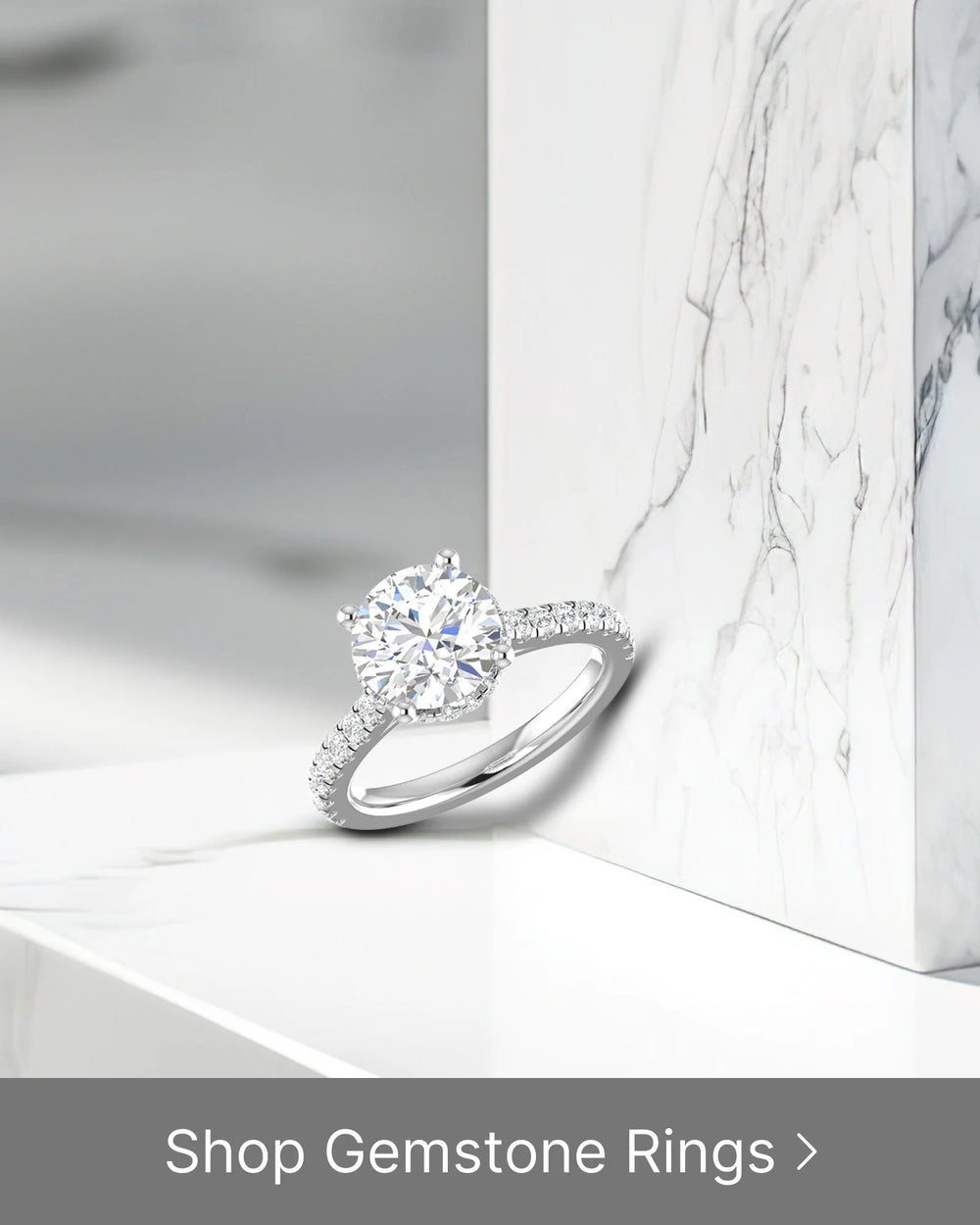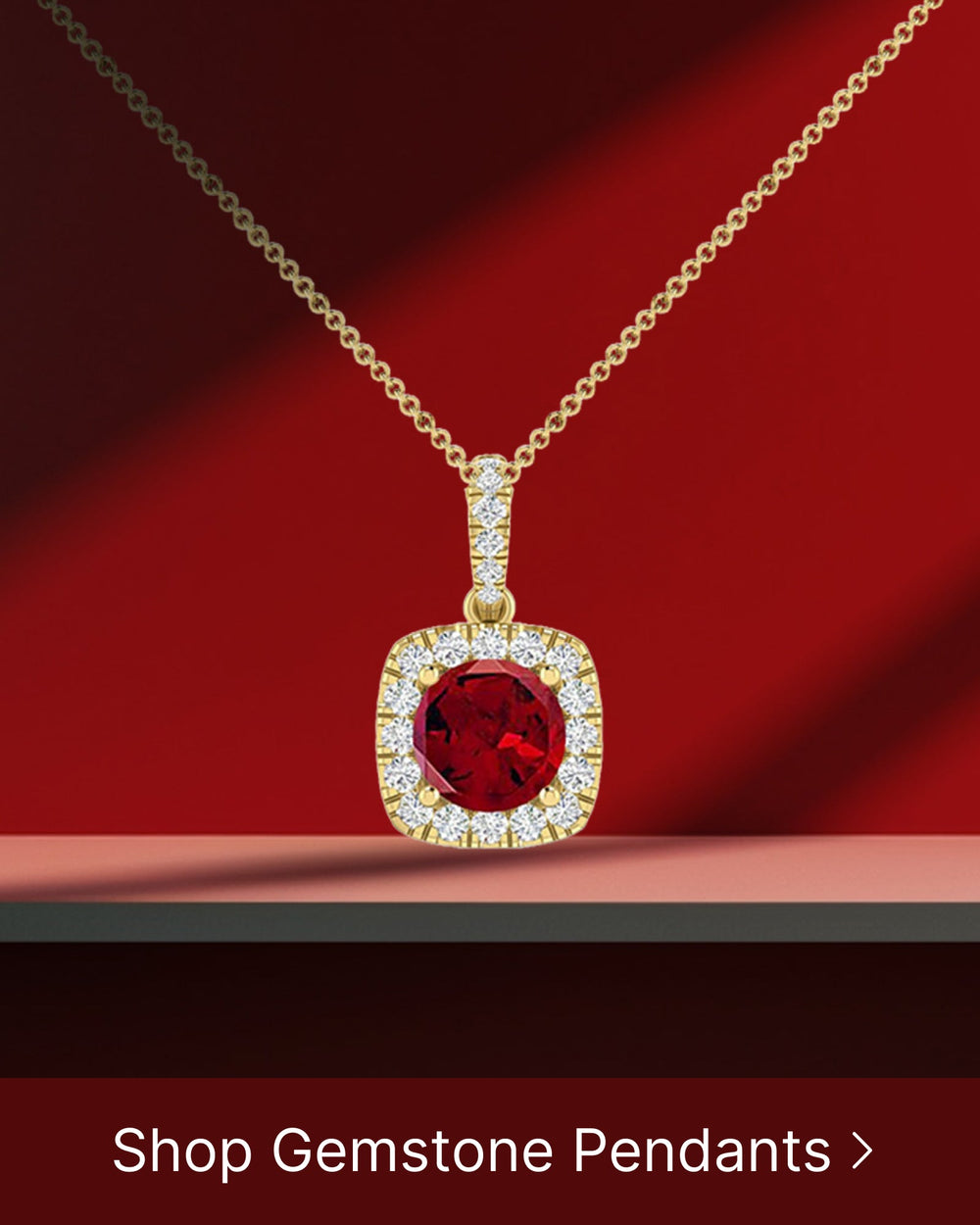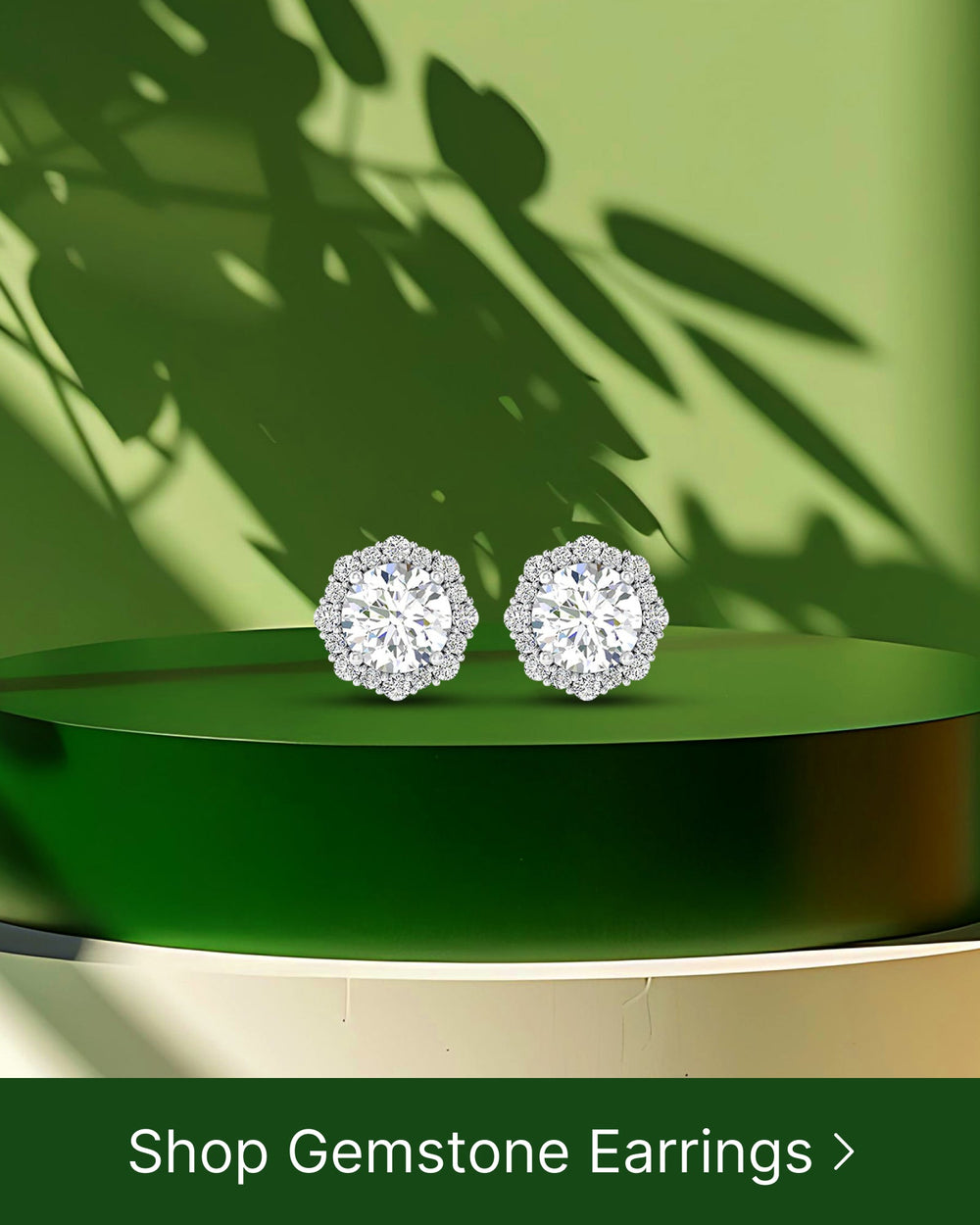Diamonds are known for their stunning beauty and remarkable durability. However, does this mean they are impervious to damage caused by exposure to chlorine found in swimming pools? To answer this question, it's crucial to understand the composition of diamonds and how they interact with chlorine.
Understanding the Composition of Diamonds
When it comes to understanding the effects of chlorine on diamonds, it's necessary to delve into their composition. Diamonds are formed from carbon atoms arranged in a unique crystal lattice structure, making them one of the hardest substances known to man.
But what exactly makes up the composition of diamonds? Let's take a closer look.
The Carbon Structure of Diamonds
The carbon atoms in diamonds are tightly bonded together through covalent bonds, creating a network of interconnected carbon tetrahedral. This arrangement provides diamonds with their exceptional hardness and extraordinary resistance to physical damage.
Each carbon atom in a diamond is bonded to four neighboring carbon atoms, forming a tetrahedral structure. This three-dimensional arrangement gives diamonds their characteristic strength and stability.
It's interesting to note that the carbon atoms in diamonds are arranged in a cubic crystal system, resulting in the formation of a diamond's iconic shape. This unique structure contributes to the diamond's ability to refract and reflect light, giving it its dazzling brilliance.
The Hardness and Durability of Diamonds
Diamonds score a perfect 10 on the Mohs scale of mineral hardness. This rating signifies that diamonds are the hardest natural substance, capable of scratching any other material. Furthermore, their durability allows them to withstand substantial wear and tear without losing their brilliance.
But what exactly makes diamonds so hard? It all comes down to the strength of the carbon-carbon bonds within the crystal lattice structure. These bonds are incredibly strong, making it difficult for external forces to break them apart.
In addition to their hardness, diamonds also possess exceptional durability. This means that they can withstand everyday wear and tear without getting damaged. Whether it's accidental bumps or exposure to various chemicals, diamonds remain resilient and retain their beauty.
It's worth mentioning that diamonds are not completely impervious to damage. While they are incredibly hard, they can still chip or fracture under extreme pressure or if subjected to a sharp blow. However, with proper care and maintenance, diamonds can last for generations.
In conclusion, the composition of diamonds, with their tightly bonded carbon atoms and unique crystal lattice structure, gives them their remarkable hardness and durability. Understanding the intricacies of diamond composition helps us appreciate their beauty and value.
The Effects of Chlorine on Various Materials
Chlorine is a powerful disinfectant commonly used in swimming pools to kill bacteria and maintain water hygiene. While chlorine is effective at sanitizing pool water, its reactivity with different materials varies.
When it comes to metals, chlorine can have varying reactions, leading to corrosion or tarnishing. Metals like copper, brass, and silver are particularly susceptible to chlorine-induced damage. Chlorine can react with these metals, causing them to lose their shine and develop a dull appearance over time. This is why it is important to regularly clean and maintain metal fixtures and accessories in swimming pools to prevent chlorine-related damage.
However, not all materials react negatively to chlorine exposure. Diamonds, being carbon-based, have different chemical properties compared to metals. Diamonds are known for their exceptional hardness and chemical inertness, which means they are less likely to be affected by chlorine. While chlorine may not have a direct impact on diamonds, it is still important to take proper care of diamond jewelry when exposed to chlorine. This includes avoiding contact with harsh chemicals and regularly cleaning the jewelry to maintain its brilliance.
When it comes to gemstones, chlorine exposure can be detrimental to their appearance and durability. Many gemstones, such as emeralds, opals, and pearls, are porous and can absorb chlorine, leading to discoloration or even structural damage. It is essential to remove any gemstone jewelry before entering a chlorinated pool or spa to prevent potential harm. Additionally, it is advisable to clean gemstone jewelry regularly using gentle cleaning methods to preserve their beauty and longevity.
In conclusion, while chlorine is an effective disinfectant for swimming pools, it can have varying effects on different materials. Metals like copper, brass, and silver are prone to corrosion and tarnishing when exposed to chlorine, while diamonds are generally resistant due to their chemical properties. However, gemstones, especially those that are porous, can be negatively impacted by chlorine exposure. Taking proper care and precautions can help preserve the appearance and durability of materials when exposed to chlorine.
The Interaction between Diamonds and Chlorine
While diamonds may appear resilient against chlorine, extended exposure can still take a toll on the precious gem. Understanding the immediate effects of chlorine exposure and the potential long-term consequences is crucial for diamond owners.
Immediate Effects of Chlorine Exposure on Diamonds
When diamonds come into contact with chlorine, the most immediate effect is usually the loss of their natural luster. Chlorine can strip away oils and lotions that accumulate on diamonds, impacting their brilliance and overall shine.
Furthermore, the chemical reaction between chlorine and diamonds can result in the formation of chlorine compounds on the diamond's surface. These compounds can create a cloudy or hazy appearance, diminishing the diamond's clarity and reducing its value. The once dazzling gem may now appear dull and lackluster.
In addition to the aesthetic changes, chlorine exposure can also lead to the discoloration of diamonds. Chlorine can react with certain impurities present in the diamond, causing it to develop a yellow or brown tint. This alteration in color can significantly diminish the diamond's desirability and market appeal.
Long-Term Consequences of Chlorine Exposure
Although diamonds are durable, continuous chlorine exposure can gradually weaken their structure and cause damage over time. Prolonged exposure to chlorine can result in microscopic fractures, affecting both the diamond's appearance and structural integrity.
These microscopic fractures, also known as "stress fractures," can compromise the diamond's strength and make it more susceptible to breakage. The fractures may not be immediately visible to the naked eye, but they can weaken the diamond from within, making it vulnerable to chipping or cracking under normal wear and tear.
Moreover, the chemical interaction between chlorine and diamonds can lead to the erosion of the diamond's facets. Over time, chlorine can eat away at the diamond's surface, causing the facets to lose their crispness and sharpness. This erosion can significantly impact the diamond's ability to reflect light and diminish its overall sparkle.
Furthermore, the structural damage caused by chlorine exposure can affect the diamond's setting. Weakened diamonds may no longer fit securely in their settings, increasing the risk of loss or damage. This can be particularly concerning for individuals who wear their diamonds regularly, such as engagement rings or other frequently worn jewelry.
It is important to note that the severity of the long-term consequences depends on the duration and intensity of the chlorine exposure. Regular exposure to chlorine, such as wearing diamonds while swimming in chlorinated pools or exposing them to cleaning agents containing chlorine, can accelerate the deterioration process.
To protect diamonds from chlorine exposure, it is advisable to remove jewelry before engaging in activities that involve chlorine, such as swimming or cleaning. Additionally, storing diamonds in a safe and dry place when not in use can help minimize their exposure to chlorine and prolong their beauty and durability.
Protecting Your Diamond Jewelry from Chlorine Damage
It is essential to take necessary precautions to safeguard your diamond jewelry from potential chlorine-related damage when swimming. By following a few simple steps, you can enjoy your diamonds worry-free in the pool.
Precautions to Take Before Swimming with Diamonds
Before diving into the pool, consider removing your diamond jewelry. Keeping your diamonds safely stored prevents unnecessary exposure to chlorine and potential damage. Utilize a secure jewelry box or a separate pouch for storage.
Cleaning and Maintenance Tips for Diamond Jewelry
To ensure your diamonds maintain their brilliance even after a dip in the pool, regular cleaning is essential. A gentle brush with warm water and mild soap will remove any residue or oils accumulated on the diamond's surface. Additionally, periodic professional cleaning and inspection can catch any signs of chlorine damage early on.
The Science Behind Chlorine and Diamond Interaction
Behind the subtle changes caused by chlorine on diamonds lies a fascinating realm of chemical reactions. Understanding the science provides further insights into the interaction between these two elements.
Chemical Reactions Involved
When chlorine comes into contact with diamonds, it forms weak chemical bonds with the carbon atoms on the diamond surface. These bonds can modify the diamond's optical properties, affecting its refractive index and subsequently its brilliance.
Research Findings on Chlorine and Diamond Interaction
Scientific research has shown that prolonged exposure to chlorine can lead to a phenomenon known as "cholrination" in diamonds. Cholrination alters the diamond's optical response and may result in a noticeable yellowish or greenish tint in certain cases. Hence, understanding the potential consequences of chlorine exposure is vital for diamond enthusiasts.
In conclusion, while diamonds are incredibly hard and durable, prolonged exposure to chlorine in swimming pools can have adverse effects on their appearance and structure. Taking the necessary precautions to protect your diamond jewelry, such as avoiding swimming while wearing it, regular cleaning, and professional maintenance, can help minimize the potential damage caused by chlorine. By understanding the science behind the interaction between chlorine and diamonds, we can appreciate the need to preserve the brilliance and longevity of these cherished gems.





